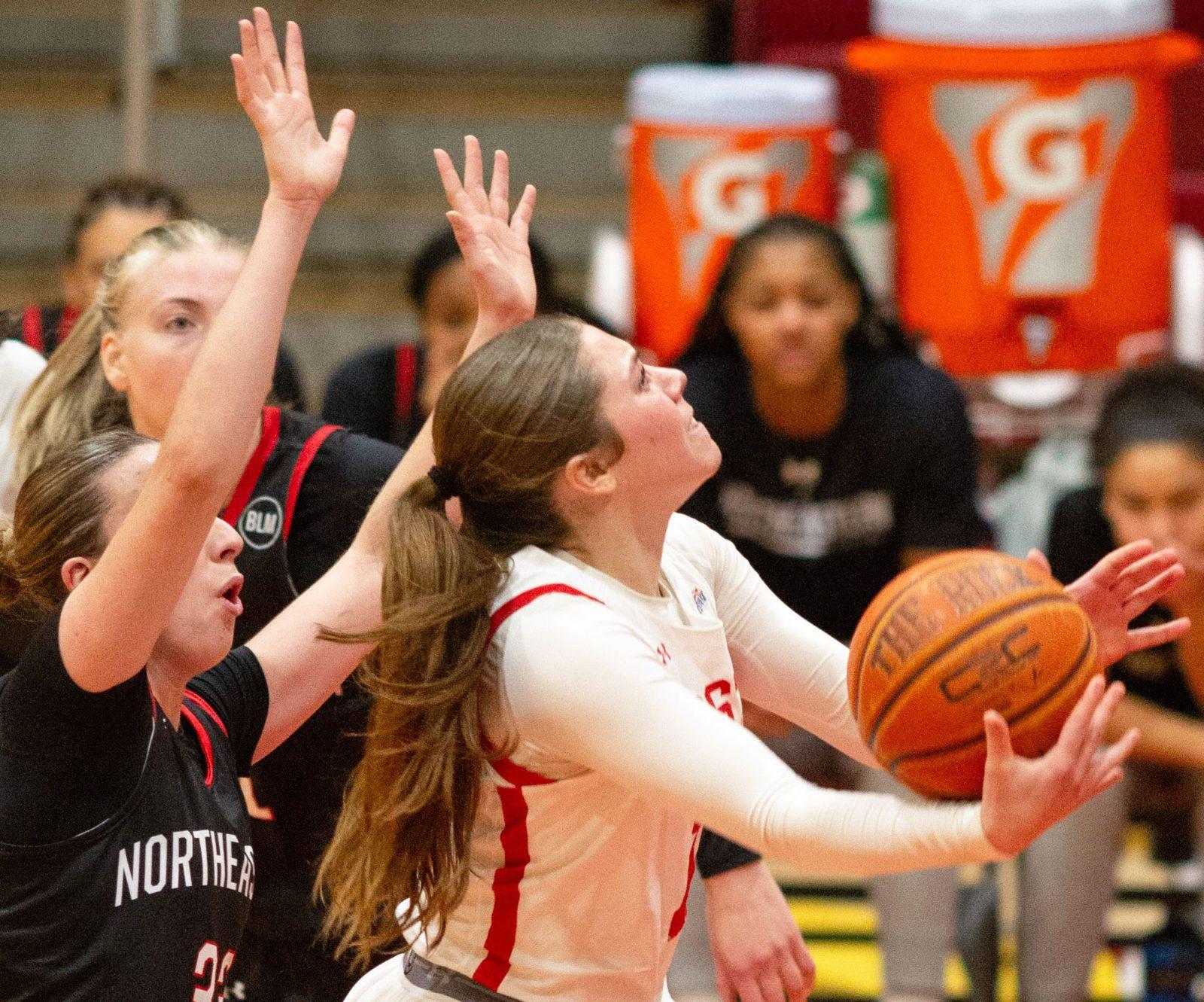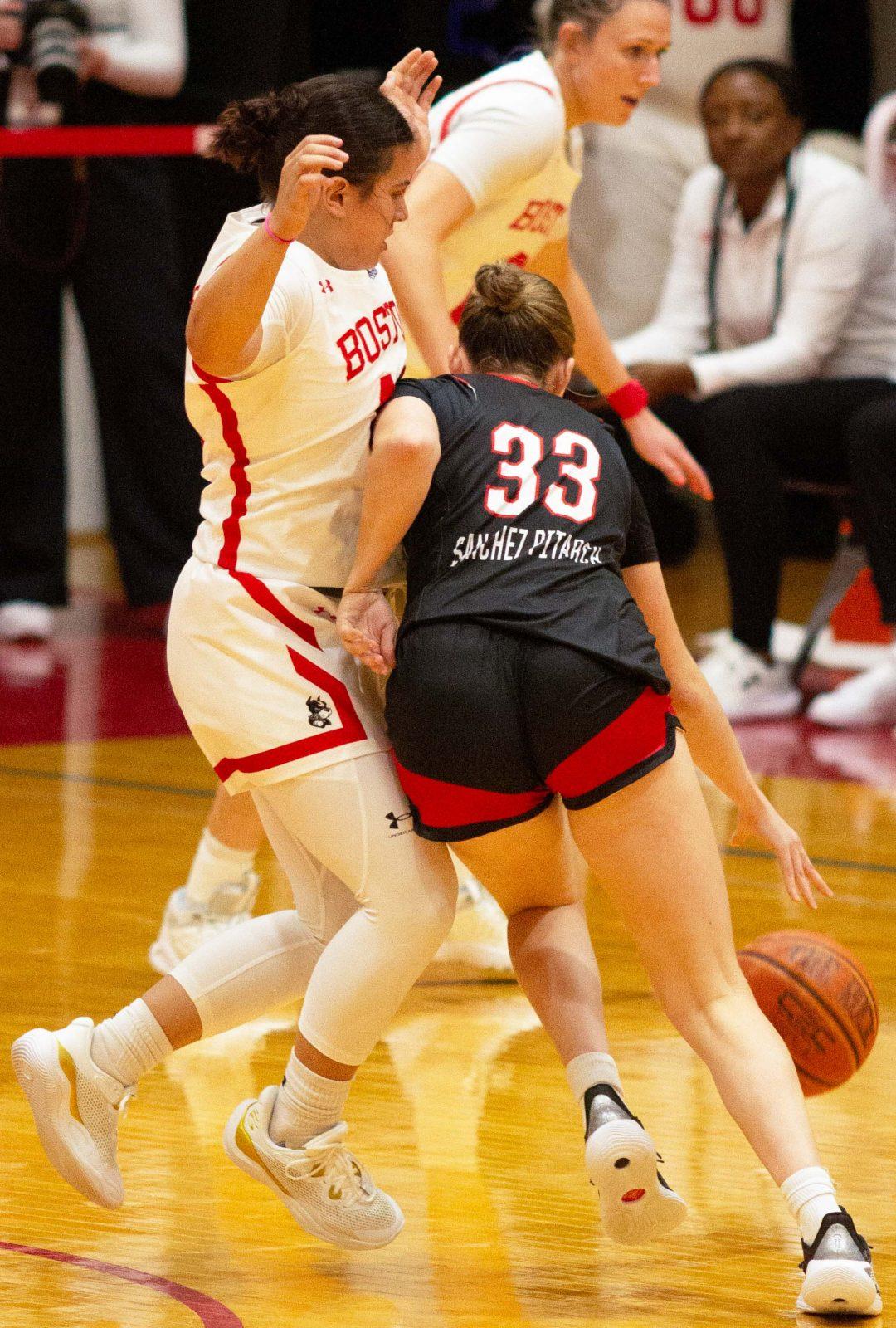That didn’t take long. Seemingly while the white and blue confetti was still falling from the Superdome rafters, reporters across the country all rushed to their laptops with the sole intention of condemning the future of college basketball. After watching a Kentucky team coast to a national title with a starting lineup featuring three freshmen and two sophomores, the arbiters of basketball purity were aghast at the implications. John Calipari had gone too far. While his teams had long featured supreme underclass talent such as current NBA superstars Derrick Rose and John Wall, this time he had crossed the line. It was one thing to annually recruit the best high school players and ultimately send them to the NBA after a year of grooming, it was quite another to have the audacity to win while doing so.
For years, conventional wisdom has alluded to a pivotal choice that must be made by budding basketball phenoms during the recruiting process. That choice, traditionalists have insisted, is whether to attend a school that will get them to the NBA immediately, or one at which they have a chance to win a national championship. It was an accepted truth that one could not have both, and for years, the schools left standing at the end of March were often proof of this reality. Ever since the NBA passed the so-called one-and-done rule, requiring players to be one year removed from high school before entering the draft, freshmen-led schools had seen minimal postseason success. While teams led by future NBA stars such as O.J. Mayo and Kevin Durant made admirable runs in the tournament before ultimately falling short, programs such as Butler University and Duke University played for national titles with more experienced lineups. As long as this continued, all was right in the old-school college basketball universe.
Then the 2012 Kentucky Wildcats arrived. After coasting to a 38-2 record and a national title, six players from its roster will likely be drafted in the first round of this year’s NBA draft. As five of the probable first rounders are underclassmen, this obviously goes against the aforementioned conventional wisdom regarding how best to build a championship program. The result of this realization has been yet another wave of backlash falling on coach John Calipari. While he had been harshly critiqued as nothing more than a snake oil salesman in an expensive suit for years — a great recruiter who could never build a championship-caliber program — he has found himself villainized as something entirely different in his post-championship life. With his critics no longer able to fault him for his program-building philosophy, he is now seen as public enemy number one of higher education.
In Sunday’s edition of The New York Times, columnist William Rhoden came out in vehement defense of Calipari, as well as modern college basketball’s new lifeblood — the one-and-done player. In his column, Rhoden said, “Kentucky’s success has prompted critics to predict the demise of college basketball and the end of higher education as we know it. In an ideal world, everyone would stay four years and graduate. But Kentucky’s basketball program is in fact a tribute to a real-world system that works, preparing young people for a viable profession — in this case, professional athletics.”
This, I believe, brings about a very important point. Championship victory aside, when did John Calipari’s ability to send his players to the NBA become something to be vilified for? This goes for college coaches in general, whether it be Calipari, Mike Krzyzewski, Roy Williams or Jim Boeheim. At a certain point, there was a stigma attached to recruiting players who are no more than a year or two away from leaving to the NBA. It was as if having those players on one’s roster became an endorsement of dropping out of college in general. As Rhoden said, “If there were easily identifiable multibillion-dollar profits to be made by producing talented science, math and English prodigies from poor and largely black and brown neighborhoods, the John Caliparis of the world would be popping up in classrooms across America with innovative ways to get students to produce.”
This is absolutely true. And while I do think race undoubtedly contributes to the stigma surrounding basketball in particular, as college golfers and baseball players leave school with the same frequency, I think his more basic point is equally important. The Mark Zuckerbergs, Sean Parkers and Bill Gates’s of the world are celebrated for dropping out of college in pursuit of their dreams. But when it’s basketball prodigies forgoing their degree, it suddenly becomes an unwise decision. As a result, college basketball coaches are villainised for not stressing the importance of higher education. It does not matter that the checks are just as credible in the NBA as they are in Silicon Valley.
So, while previous critics of Calipari’s recruiting philosophy had some credibility given his lack of a national title, these post-championship assaults have no basis.
The fact that college coaches such as Calipari are able to send such a high number of their players to the NBA is not something to be reprimanded for, but celebrated. In their longing for the days of vintage college basketball, where schools played tenacious defense and started five seniors, vocal critics of the so-called “one and done” players are missing the point. When those 18- and 19-year-old kids hear their name called in the NBA draft, it is the realization of a lifelong dream.
That being the case, Kentucky’s success this year does not equal the demise of college basketball, the deterioration of higher education or the exploitation of teenagers. All that happened was John Calipari proved that young basketball players don’t need to choose which dream to pursue. They can be groomed for the NBA, and in the meantime, win a championship. At a certain point, basketball traditionalists have to come to the realization that having all of one’s dreams come true is not a bad thing. They can begin by congratulating John Calipari on a job well done.




















































































































